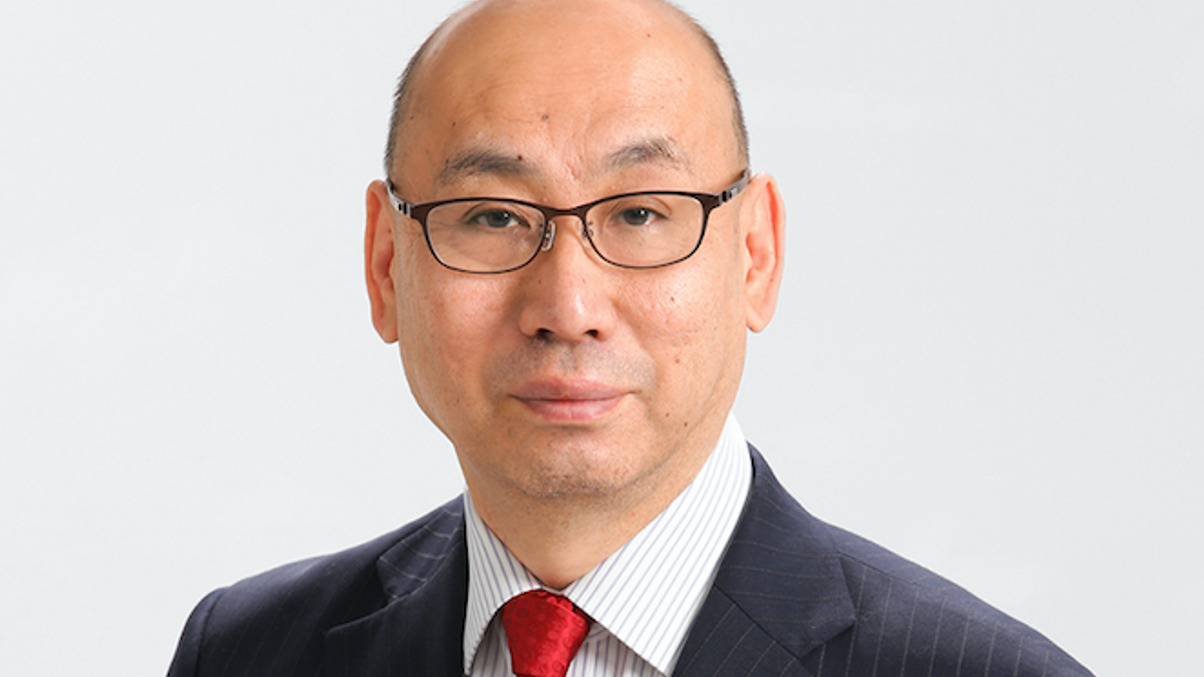Asset Management One plots Asia expansion
The largest Asia-Pacific manager of funds intends to expand beyond its home country, Japan, via partnerships and new product launches.

Just four months old, Asset Management One is already the Asia-Pacific region’s largest manager of funds – an impressive springboard from which to launch new product lines and services and expand overseas.
Sign in to read on!
Registered users get 2 free articles in 30 days.
Subscribers have full unlimited access to AsianInvestor
Not signed up? New users get 2 free articles per month, plus a 7-day unlimited free trial.
¬ Haymarket Media Limited. All rights reserved.


